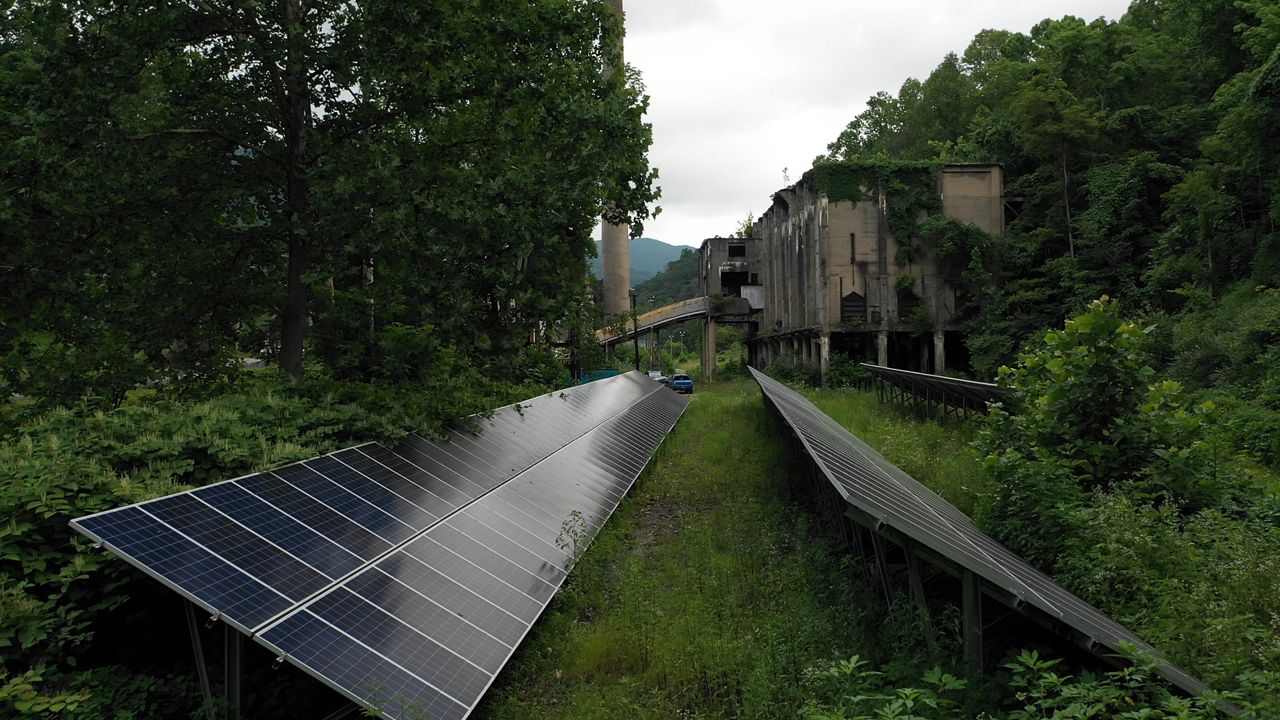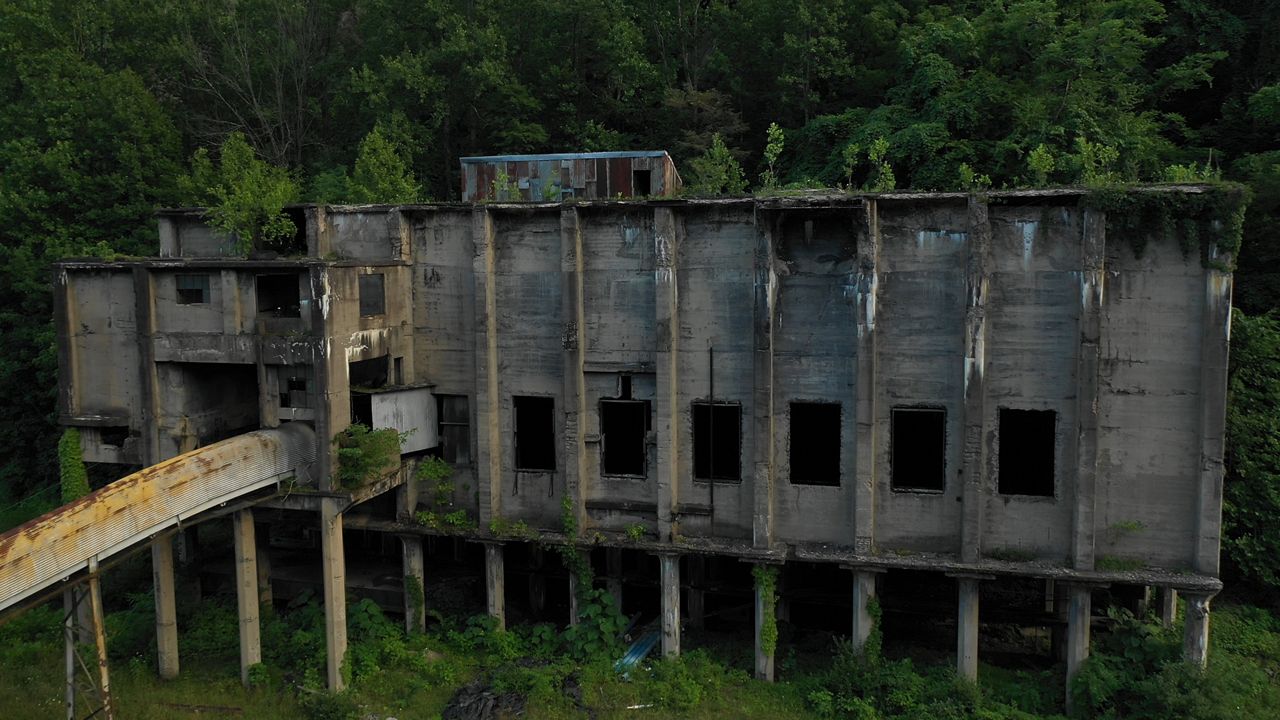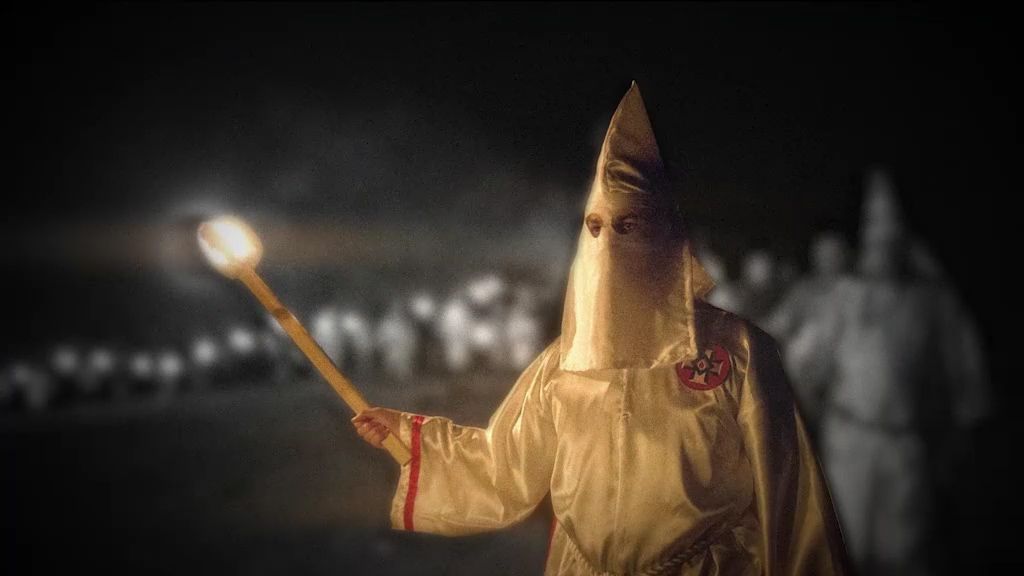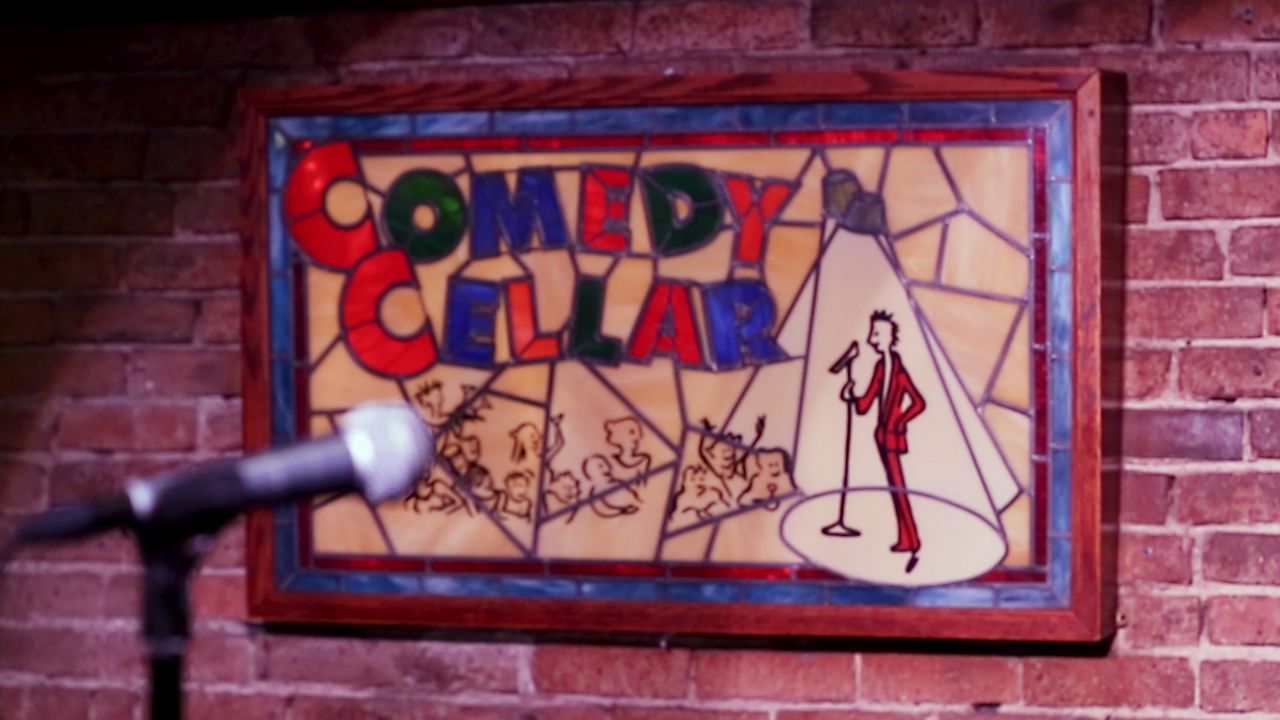We all want to live in a perfect society. Who wouldn’t? That desire drives us to be better, to make better decisions, to elect better leaders. Political campaigns are often about promises to bring us closer to perfection. Abraham Lincoln defeated John Breckinridge in 1860 with the slogan, “Vote Yourself a Farm.” In 1928, Herbert Hoover won the presidential election with the campaign slogan “A Chicken in Every Pot and a Car in Every Garage.” In 1956, President Eisenhower promised “Peace and Prosperity.” George H.W. Bush ran on a platform of a “Kinder, Gentler Nation” in 1988.
Still, most would agree that we have yet to achieve genuine utopia - or perhaps anything even close to it.
Welcome to Utopia
Utopia is a real place. It’s in Ohio, about 40 miles outside of Cincinnati off Route 52. It’s a quiet town, home to around 150 people….and possibly a few ghosts (more about that later). To the casual observer, Utopia may not look like much; if not for the unassuming road sign across from the general store, you could easily drive straight through and never know it. But this little piece of land, nestled along the banks of the Ohio River, has borne witness to the rise of three utopian societies. And one by one, it’s watched them fall.
Fourierists
The birth of what became Utopia can be traced back to 1844. Historical context is important here; in 1844 the country was still working through the economic upheaval of the Industrial Revolution and a financial panic that had left many families without jobs and searching for a better way of life. Enter Charles Fourier, a French philosopher who believed that cooperation was the key to a successful society. His idea inspired many communities across the United States, including the one on the site of present day Utopia, Ohio..
Fourier’s followers created a communal society. Families could pay a fee of $25 dollars to join the community, and were then given a small parcel of land and a house.
In the end, this iteration of Utopia only lasted about two years. The desires of individuals proved a more powerful force than the Fourierists had anticipated. By 1846, many community members had grown disillusioned with the communalist system and moved on.
Spiritualists
This is where Utopia’s possible ghost population comes in. In 1847, a group of Spiritualists, led by a man named John Wattles, took up residence in Utopia. The Spiritualists believed that the dead could communicate with the living, and they put their faith in what those spirits told them.
Unfortunately the spirits didn’t tell them that they had built their town too close to the Ohio River, a mistake which proved to be their downfall. On a fateful night in December, 1847 the river flooded, essentially wiping the community off the map.
Many present day residents claim the town is still haunted by the ghosts of the Spiritualist community.
Anarchists
Credit for name “Utopia” belongs to Josiah Warren, who purchased the land after the demise of the Spiritualist community. Warren believed in individual rights and no hierarchy, which earned him a reputation as an early anarchist. His version of Utopia was a labor based economy, where property was owned by individuals, and goods were paid for in hours of work.
The only way to join the community was to be invited by someone who lived there. That invitation-only system was meant to protect the rights of individuals to choose who they associated with. However, it was the community’s exclusivity and the unwillingness of its neighbors to allow it to grow, that ultimately caused Warren’s Utopia to fail. By the mid-1850s, many of the community members, frustrated with their inability to expand, had packed up and moved away.
Utopia in New York City
Ok, so maybe none of those alternative societies achieved lasting success as a true utopia, but does that mean it can’t be achieved? It would seem that for as long as there has been civilization, there have been people seeking to perfect it - striving for harmony, equity, and prosperity, but never quite finding the right recipe. Today, you can see the remnants of many failed attempts at creating utopia in your own state.
Utopia, Ohio isn’t the only Utopia in the country. It turns out there’s a tiny Utopia right in the heart of Queens, New York, and if you think that sounds like an unlikely place...well, don’t tell that to anyone from Queens. It’s a tiny neighborhood sandwiched between Fresh Meadows and Flushing, but it has a history all its own.
The name Utopia can be traced back to 1905, when the Utopia Land Company purchased 50 acres of land in Queens with the intention to build a cooperative community for Jewish residents from the Lower East Side. But before they could break ground on their new development, the company went bankrupt, and the project was abandoned. Today the name is all that is left of the one cooperative community that never was – and the adjacent street, “Utopia Parkway.”
Can we ever achieve Utopia?
The founding documents of the United States promise a “more perfect union,” so perhaps it’s no wonder Americans are still striving for a utopian society. Every time there’s an election, voters head to the polls and cast votes for the people they believe will bring the country closer to perfection; people who promise to fix what is broken and heal what is divided.
But can we ever achieve utopia? And if we can, what will we have to give up in order to get there? Chief National Political Reporter Josh Robin visits Utopia, Ohio to find out in the second episode of Untangled. Watch it now in the video at the top of this article.
*Street signs at the southeast corner of Union Turnpike and Utopia Parkway in Hillcrest / Fresh Meadows, Queens, by Tdorante10 is licensed under CC BY-SA 4.0
The Price of Progress: Searching for a Clean Way Out
Is there a single industry or policy that can prevent the detrimental impacts of progress?
The Price of Progress: Watching the Collapse of an Industry
What happens when an industry changes faster than the community it supports?
How Do We Combat Hate in the Digital Age?
In 2017, there was a 17 percent increase in hate crime incidents, the FBI says. Much of this hate is fed by the Internet and social media.
Is Sensitivity Affecting Comedy?
What was once considered funny, may now be considered offensive. Are comedians going too far, or have audiences become too sensitive?









